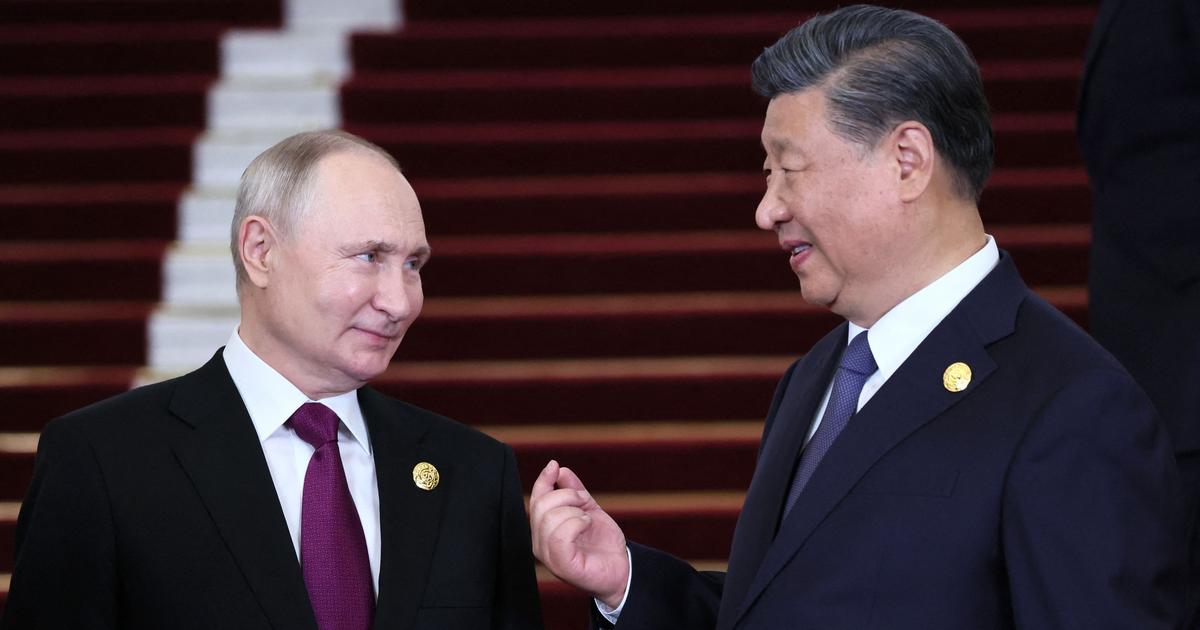China and Russia surpass the U.S. in approval ratings in Africa.
U.S. approval ratings in Africa at 56%, lagging behind China (58%) and Russia (64%).
Russia’s increasing popularity is attributed to arms sales, military training, and economic initiatives in Africa.
The survey which involved 130 countries globally saw a global increase in America’s disapproval ratings from 33% in 2022 to 36% in 2023. However, the US’s approval ratings between the same period remained the same at 41%.
In Africa however, the US’s approval rating stands at 56%, with China and Russia having 2% and 8% more respectively. ⠀
In Uganda, Gambia, and Kenya the approval rating of the US dropped by 29, 21 and 14 percentage points, respectively. With 23% and 25%, respectively, Libya and Somalia had the lowest scores. ⠀
As the US media recently claimed, citing an anonymous US source, Moscow may be able to address the continent’s urgent security demands through arms sales that exceed Washington’s capacity, which might account for Russia’s increasing popularity in Africa. ⠀
Russia has been on a mission to increase its influence in Africa. In addition to military ties, Russia has initiated a number of economic initiatives with the continent, including the building of a House of Africa in several of its states, shipments of free grains to the continent, nuclear deals, and more.



USAID isn’t lazy, it’s a constituent part of US imperialism. Samantha Power is a war criminal. Three women, loads of lies and the destruction of Libya
Mapping U.S. Imperialism